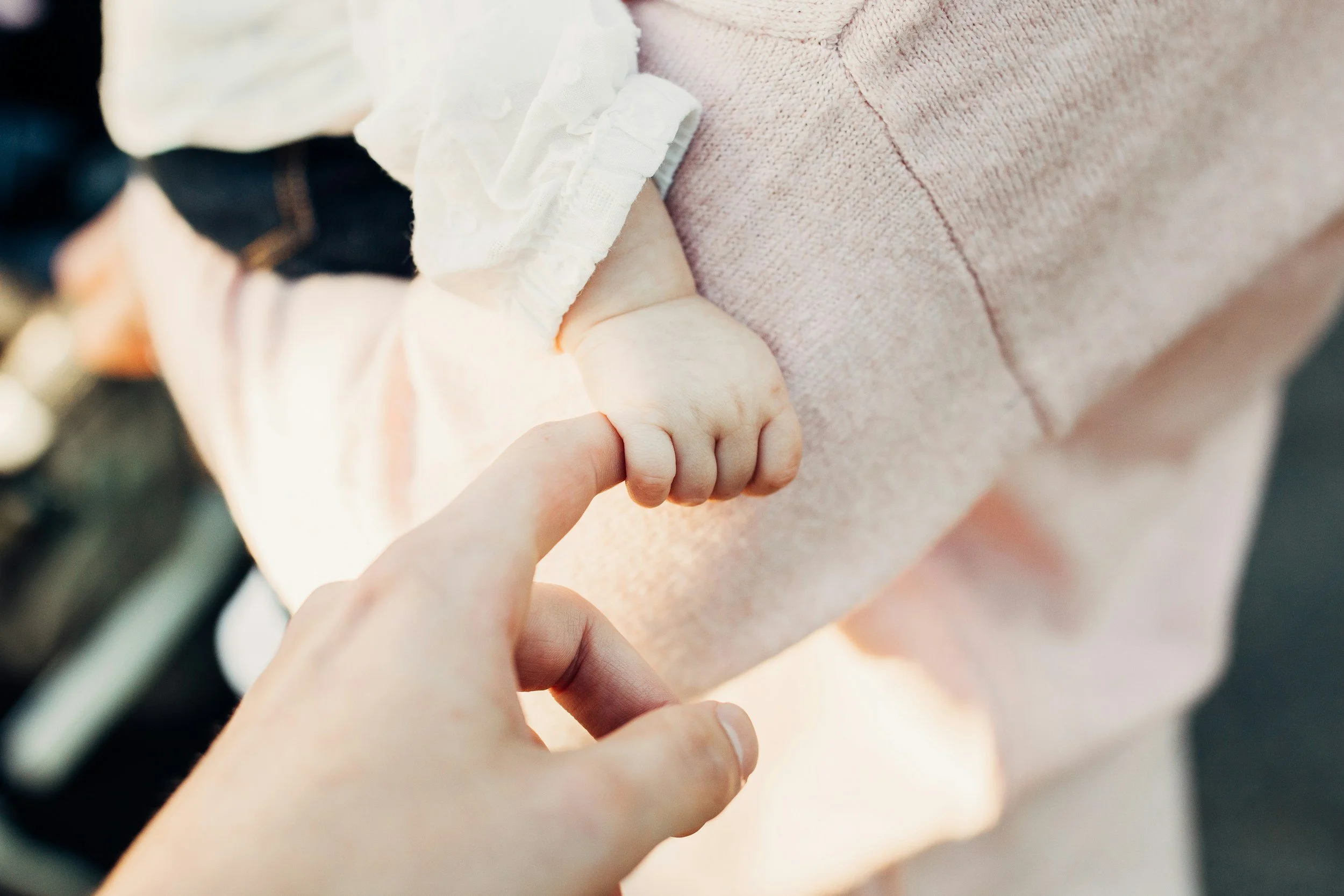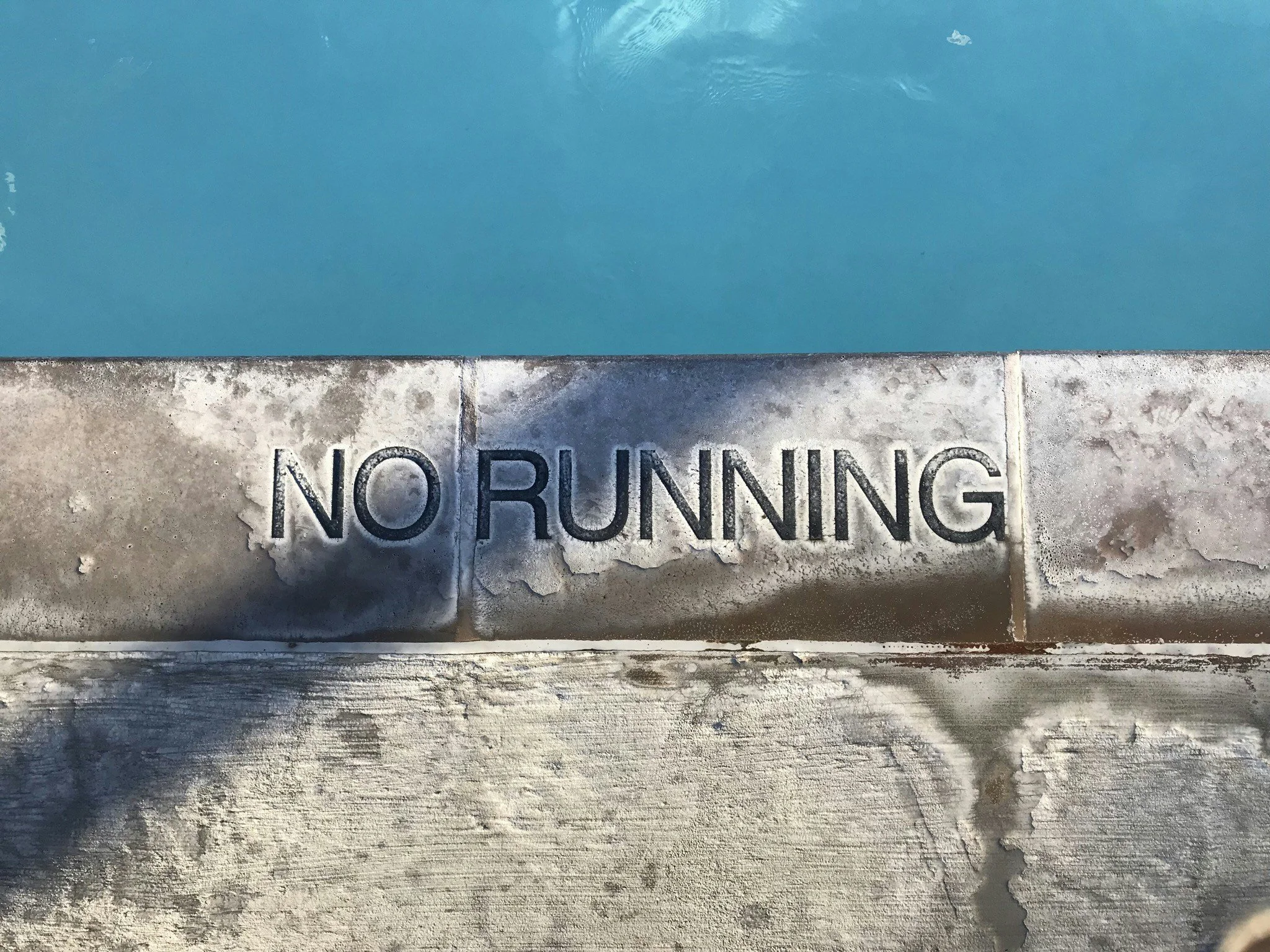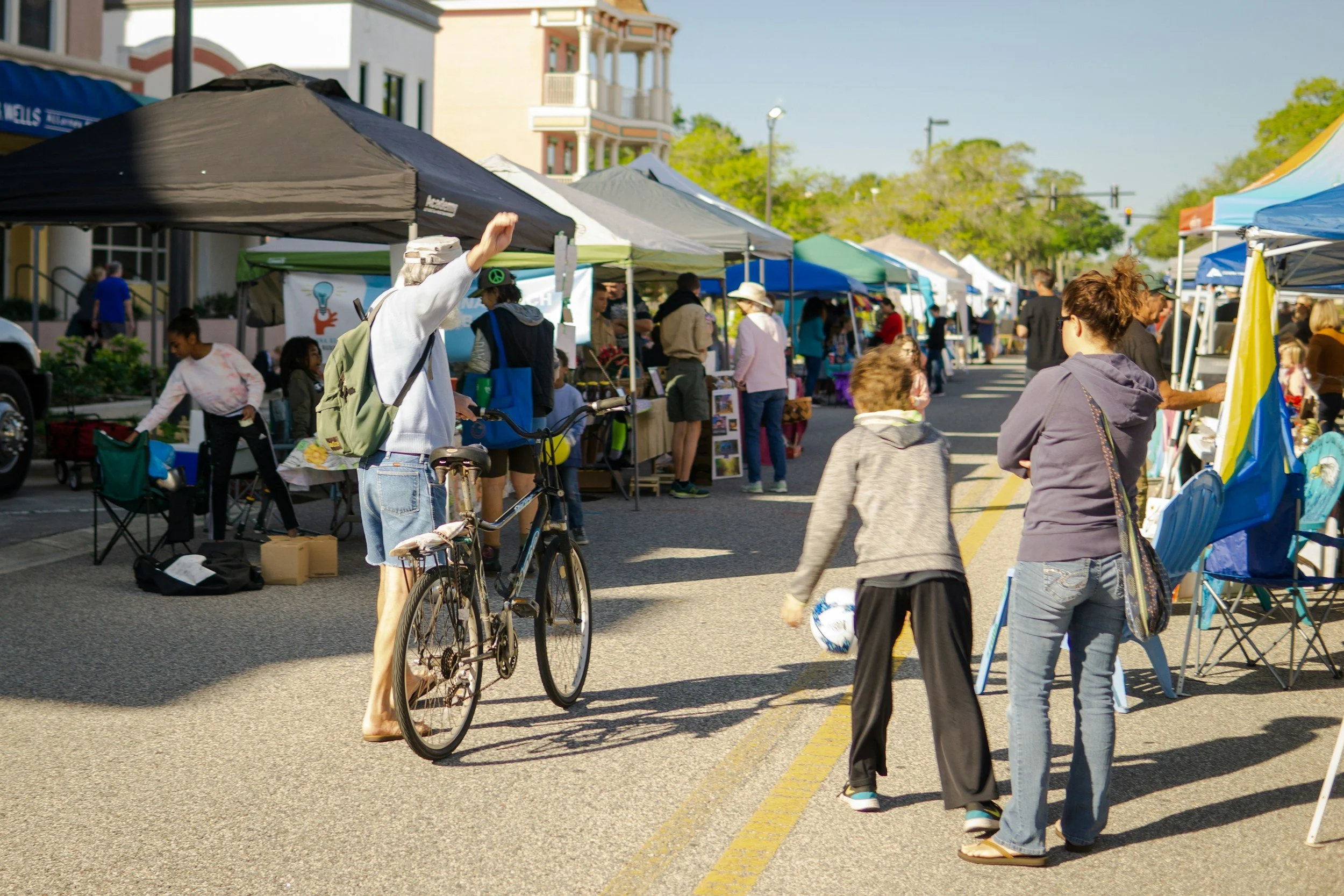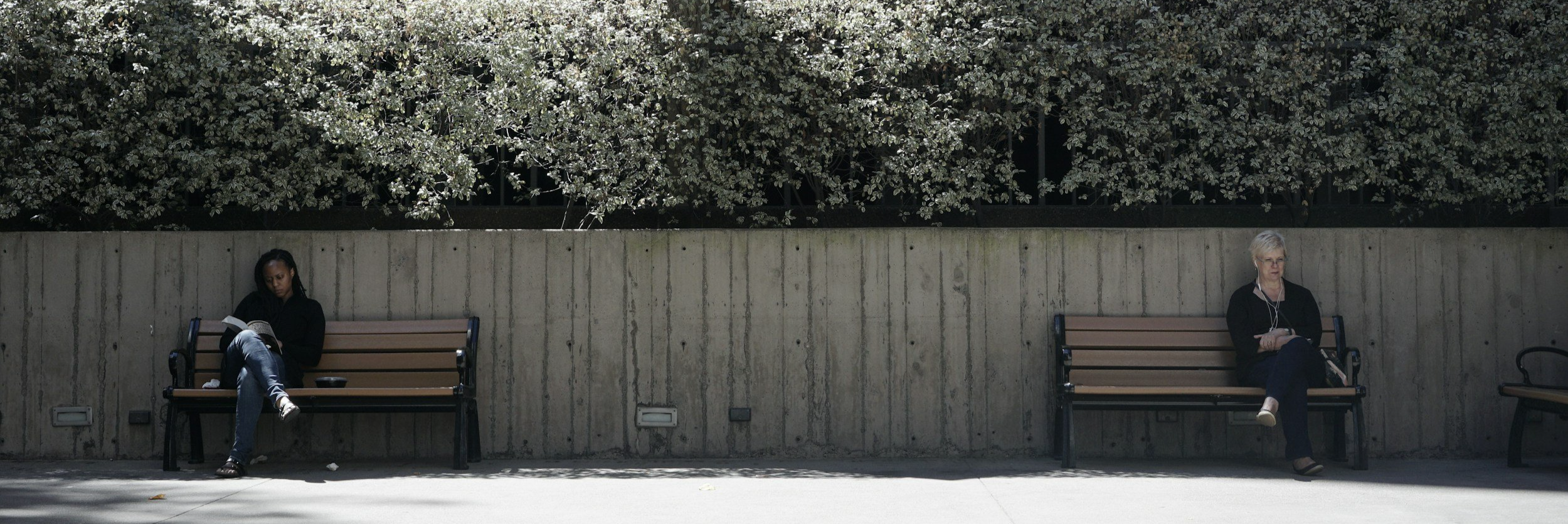Taking It Slow Dating: Why Slower Can Help Your Mental Health
When you’re in the early stages of dating, everything can feel intense. There’s chemistry, excitement, and the rush of feeling chosen. And yet, it’s important to stay mindful and sometimes to intentionally slow down. For many people, especially those navigating anxiety, attachment wounds, or past relationship trauma, being slow and thoughtful during the dating process isn’t just a preference. It’s a form of protection and healing.
Our culture often glorifies "love at first sight", especially in media. However, moving fast doesn’t mean a healthy connection. Sometimes, it leads us straight into unsafe relationships, confusion, or unhealthy patterns of behavior.
Taking things slowly supports your mental health and builds a solid foundation for a serious relationship. It helps you grow as an individual while creating the space for an enduring partnership to form. One that feels mutual, steady, and real.
New Relationship Intensity: How Your Brain Responds to Early Love
Fast-moving relationships can feel exhilarating. In the early stages of dating someone new, your brain releases dopamine, a chemical that makes you feel pleasure, excitement, and desire. A study by Aron et al. (2005) found that being newly in love activates the same parts of the brain that are triggered by addictive substances. That’s why early love can feel so intense: your brain is chasing the “high.”
Another study by Zeki (2007) found that love not only lights up the brain’s reward system but also quiets down the parts that help with judgment and fear. That means you might ignore red flags or move too quickly without realizing it. Your brain is wired to attach, and in the early stages, it can focus more on closeness than clarity.
So if you’ve ever felt swept away in a new relationship, there’s a reason. Your brain is drawn to the excitement of a new relationship, which can overpower the parts responsible for decision-making and caution.
Personal History: How Past Experiences Make It Hard to Slow Down
Personal history, especially attachment wounds, trauma histories, or conditions like anxiety or Borderline Personality Disorder (BPD), can make it hard to slow down in relationships. These experiences shape how emotions are felt and how connection is interpreted, often making relationships feel all-consuming.
These experiences can lead you to seek intensity as a way to feel connected. You might fear being abandoned or worry that the other person will lose interest if things don’t move quickly. Anxiety can create constant doubt or overthinking, making stillness feel uncomfortable or even threatening. With BPD, emotions often feel extreme and urgent, which can lead to rushing into closeness or needing constant reassurance. When your nervous system is used to chaos or instability, it can mistake that feeling for connection or love.
At first, slowing down might feel boring. If you’re used to intensity, calm can seem like something is missing. You may worry there’s no spark or assume the connection isn’t strong enough. It might even feel like a sign that something’s wrong.
Many people mistake intensity for love. A fast, passionate connection can feel thrilling and make you think you’ve found “the one.” But not every flame points to something real or safe.
Sometimes, what feels like love is actually your brain reacting to old emotional patterns. If you grew up with chaos or inconsistency, that emotional high might feel familiar. Your brain may confuse that intensity with true connection. Slowing down helps you tell the difference.
How to Take a Relationship Slow Without Losing Connection
1. Prioritize You While You Date
Stay connected to your own life while getting to know your new partner.
Keep showing up for your hobbies, your community, and your friendships. Make time for family, attend events without your new partner, and enjoy alone time. Your identity should never disappear just because you start dating someone new.
2. Be Mindful of Fantasy Early On
At the beginning of a new relationship, it is easy to get caught up in the excitement. You might picture your future together, imagine marriage, or start thinking this person is everything you have been looking for. But often, that feeling is more about fantasy than reality.
You may be falling in love with the idea of who someone could be, not who they actually are. That fantasy can keep you feeling high on the relationship even if you do not really know the person yet.
Bring yourself back to the present. Give yourself time to learn who your partner truly is. Build a connection that is based on real experiences, not imagination.
3. Understand Your Attachment Style
If you have an anxious or disorganized attachment style, you might feel the need to move quickly. You may want constant closeness, say "I love you" early, or feel anxious when you are not with your partner. These feelings are common and come from earlier relationship experiences.
When you notice urges—like feeling panicked when they need space, wanting to spend every day together, or checking your phone constantly for a reply—pause. Ask yourself:
"Is this response based on what's actually happening, or on something I'm afraid might happen?”
“What do I feel right now, and what might be underneath that feeling?”
Exploring the urge can help you slow things down and respond more intentionally.
Understanding your attachment style helps you stay grounded while dating. It gives you the ability to notice your patterns, slow down your reactions, and choose behaviors that support the kind of relationship you want to build.
4. Communicate Your Pace Early to Set Realistic Expectations
Let your partner know early that you care about building a thoughtful, intentional relationship. Say something like, “It’s important to me that we get to know each other in a real way. Taking things slow helps me do that.” Be open about your slow pace and explain that it’s a healthy thing for you. Being upfront about your intentions sets the tone for a relationship built on honesty, mutual respect, and emotional safety.
5. Set Boundaries Around Time and Intimacy
Set clear boundaries early. Some examples:
Choose public places for the first several dates rather than spending time at each other’s homes.
Avoid sleepovers in the beginning, even if the connection feels strong.
Hold off on meeting each other’s friends or attending a family event until you’ve had time to build trust and understand the relationship dynamic.
Keep initial dates short and aim for one to two hours.
Leave space between meetups.
Delay sexual intimacy until there is mutual trust, clear communication, and a shared understanding of what the relationship is becoming.
6. Plan Low-Pressure, Fun Dates
Keep dates short, fun, and low-pressure. One way to do this is through activity based dates. Instead of jumping into deep emotional conversations or physical intimacy, you’re creating shared experiences that build trust and comfort over time. Choose activities that feel light and enjoyable, like going for a walk, grabbing coffee, taking a class, or going to farmer's market. These types of dates create space for bonding without jumping into deep emotional connection or physical aspects too quickly.
Another helpful option is group dates. They allow you to spend time together without the intensity of one on one focus, while also seeing how your partner interacts with others. This can reveal a lot about their personality in a more natural setting.
Both activity based and group dates reduce pressure. You’re not sitting across from each other trying to define the relationship or talk about long-term goals too soon. You’re just spending time together, which helps the relationship develop naturally and gives you space to notice how you feel, what you want, and whether you’re truly compatible.
7. Give Yourself Space Without Guilt
Time apart is not a sign of disconnection. It helps you reconnect with yourself, your routines, and your support system. You are still whole outside of a relationship. Having free time to recharge supports both your and your partner’s independence and builds strength in each of you. Two well-supported, whole people create stronger relationships. This space helps the relationship slowly take shape in a healthy way.
8. Listen to Your Body
Your body gives you important clues about how you're feeling in the relationship. Physical signs that go beyond typical new relationship nerves, such as a unease, a tight chest, restlessness, difficulty sleeping, or a sense of urgency, can be signals that something is off. You might also notice emotional signs, like feeling anxious when you don't hear from the person, feeling drained after spending time together, or having frequent emotional highs and lows. Pay attention to how you feel after interacting, whether it is in person, through texting, or after physical affection. Checking in with your body helps you stay connected to your inner wisdom and avoid getting swept up in the relationship.
Taking Things Slow When You Feel Pressured to Speed Up
You don’t have to speed up just to keep someone interested. Do not ignore discomfort just to keep the connection.
Do not let anyone make you feel like you will lose them if you do not rush in. You are allowed to wait before using labels, meeting family, having sex, or talking about the future.
Be clear about your needs. Say what feels good to you and where your limits are. A healthy partner will respect your pace, not challenge it. They will be willing to communicate, adjust, and let the relationship grow at a speed that feels safe for both of you.
Healthy Relationship Foundations: How Taking It Slow Builds Real Connection
A healthy relationship isn’t measured by how fast it moves. It’s measured by how well it supports your mental and emotional health. Taking things slowly allows time for personal growth and helps both people build a strong foundation based on trust and respect.
Research by Acevedo et al. (2011) supports this approach. Their study found that long-term love can still feel passionate, but it also engages parts of the brain connected to calmness, safety, and emotional balance. That means when love is built slowly and with care, it can stay exciting without being overwhelming. It still activates those feel-good brain systems, but it also supports calmness, trust, and emotional stability.
Give love a real chance to grow: slowly, safely, and with your well-being in mind.
Final Thoughts
A slow relationship helps you stay grounded. You’re less likely to rush into physical intimacy or use the L word before you're ready. You can talk things through, focus on the person in front of you, and check if you're truly on the same page.
The right person will understand your pace. They will respect your need for space, support your goals, and value open communication. When you feel safe enough to go slow, you give love a real chance to grow into something meaningful.
Seeking More Support?
If you are struggling to slow things down in relationships or find yourself repeating patterns that leave you feeling disconnected or overwhelmed, therapy can help. At Sagebrush Psychotherapy, we support people who want to build healthy, grounded relationships by starting with a deeper understanding of themselves. Whether you are navigating anxiety, Borderline Personality Disorder, complex trauma, attachment concerns, or simply want to date with more intention, we are here to help you move at your own pace and build something real.
Contact us to learn more or schedule a consultation.
Check Out More On Our Instagram:

















